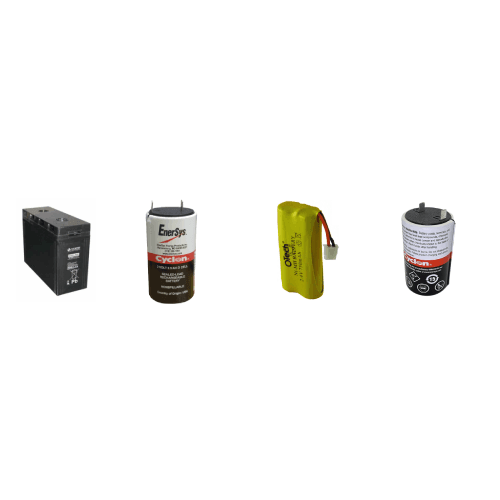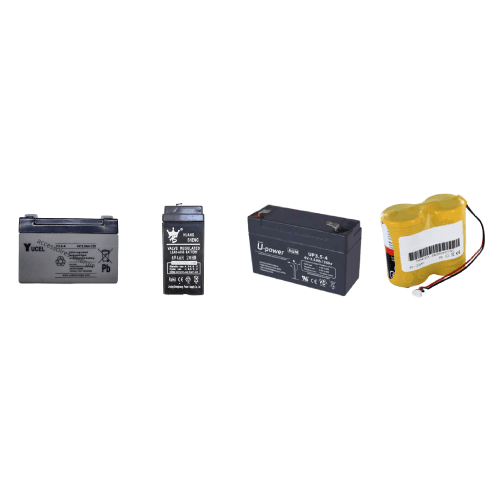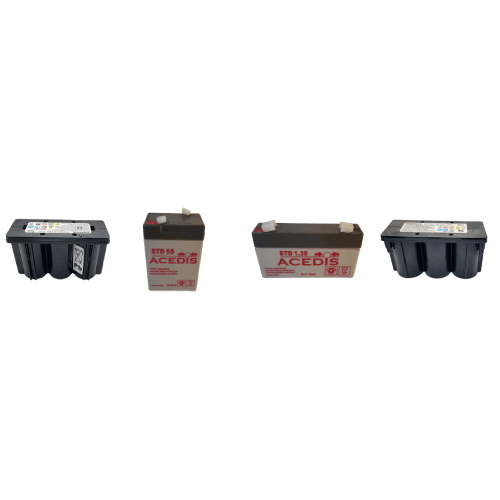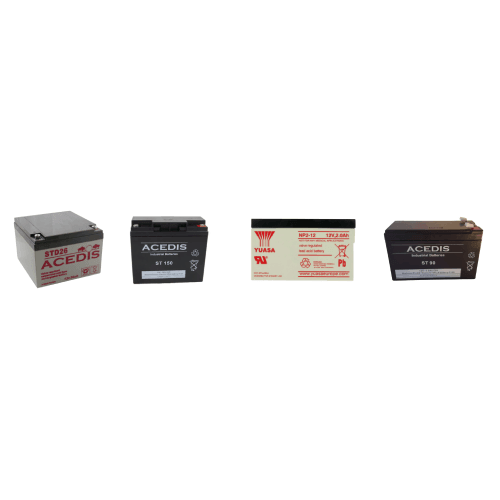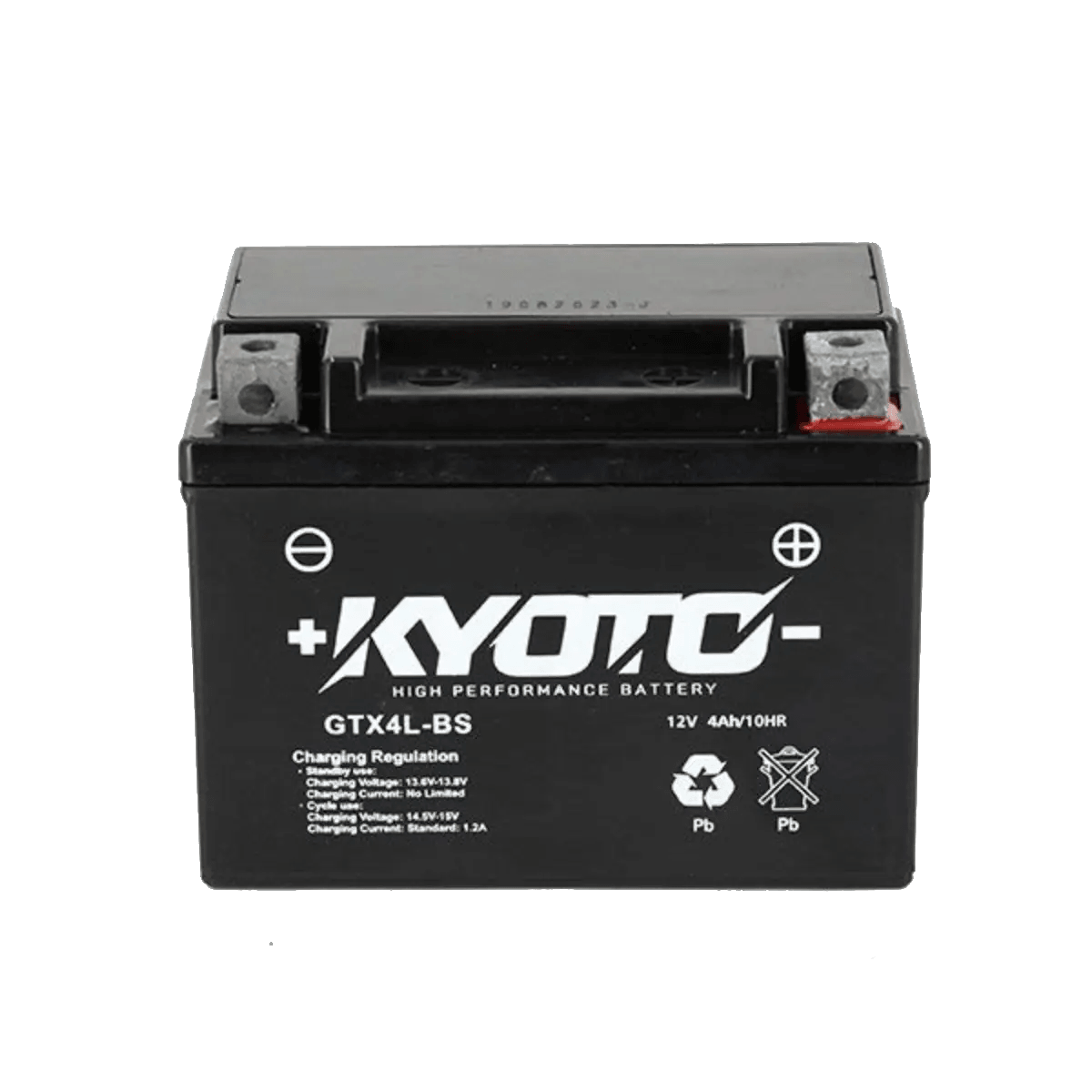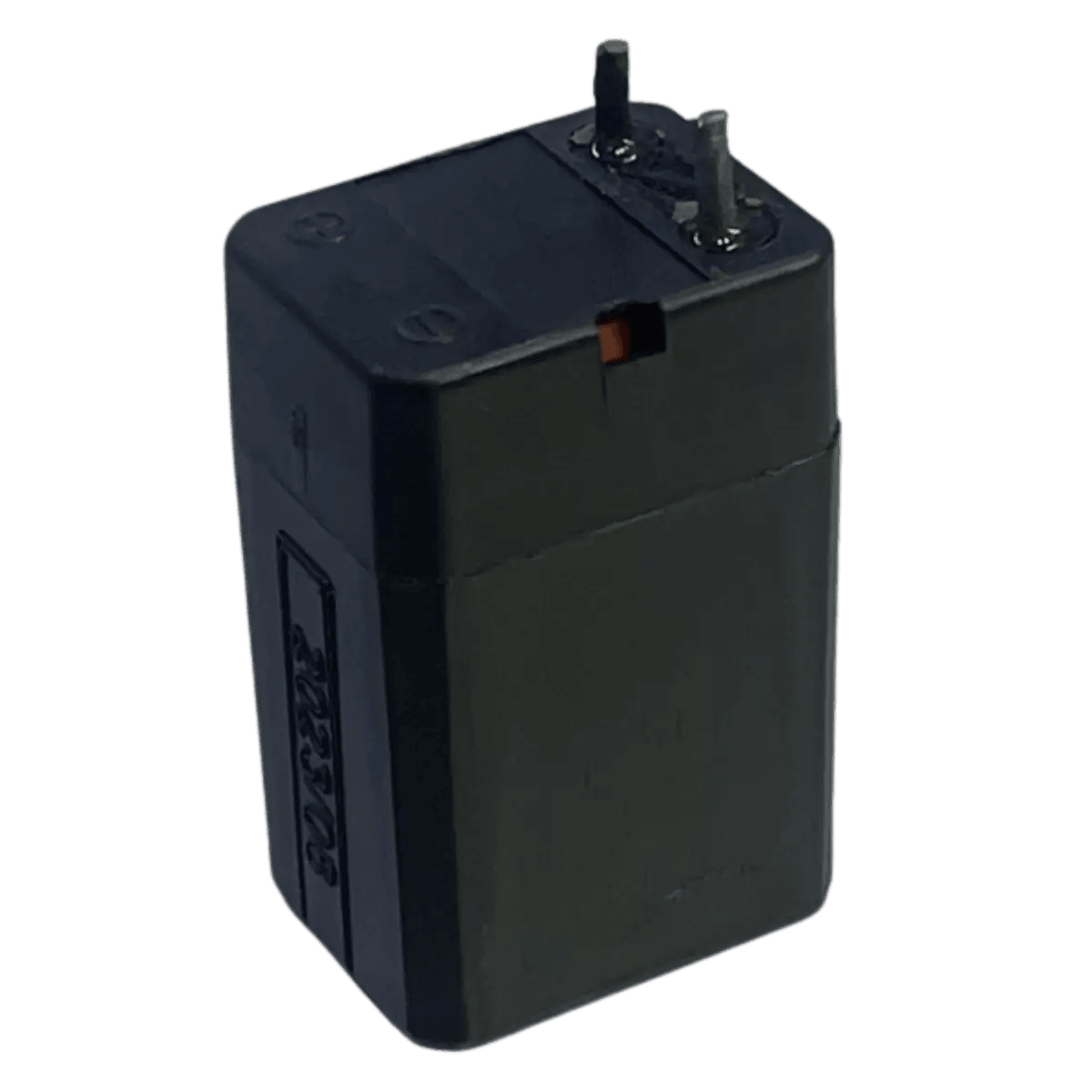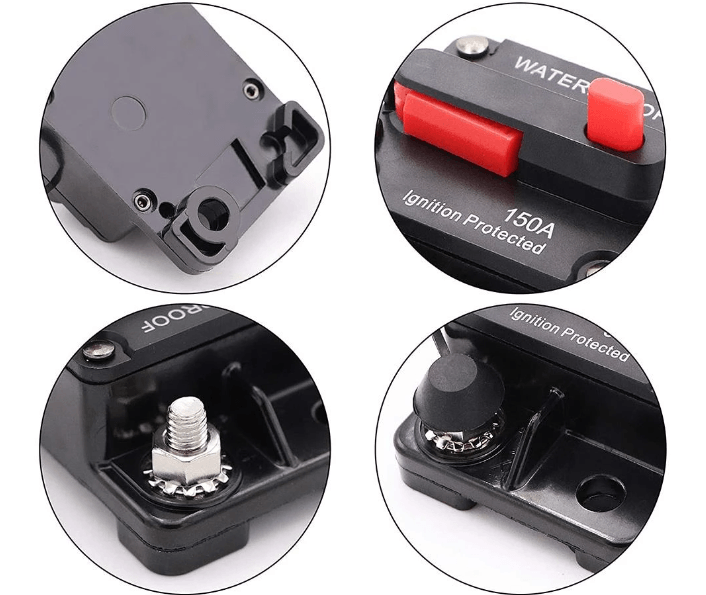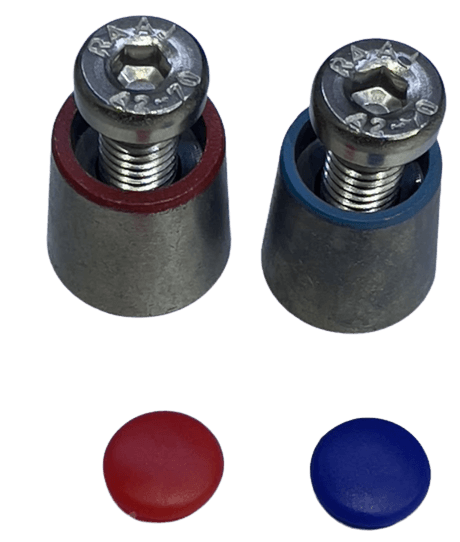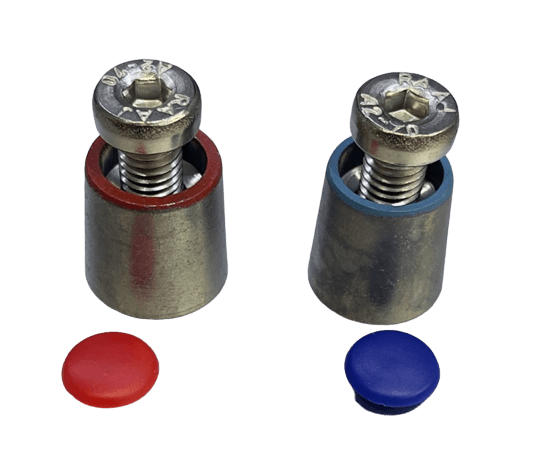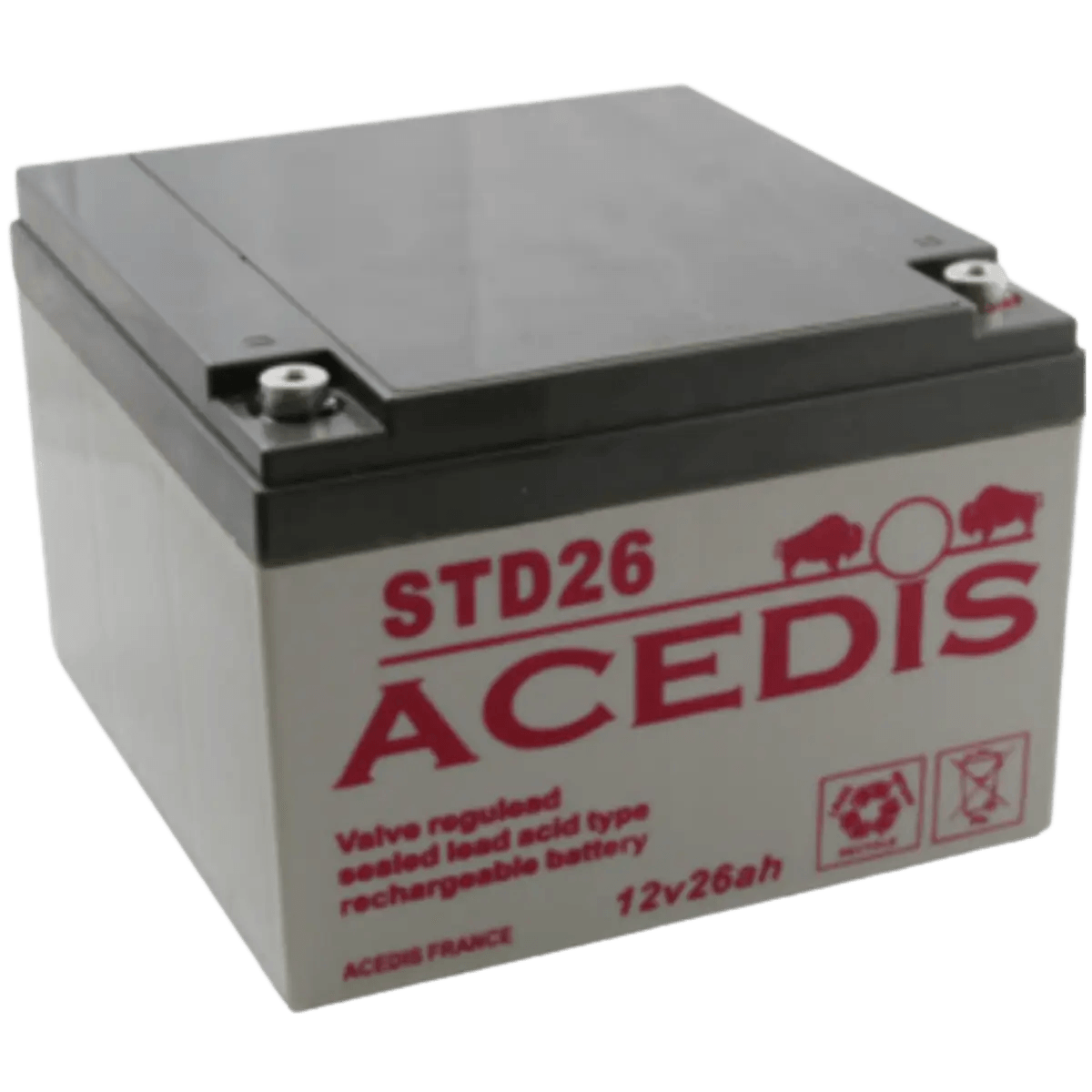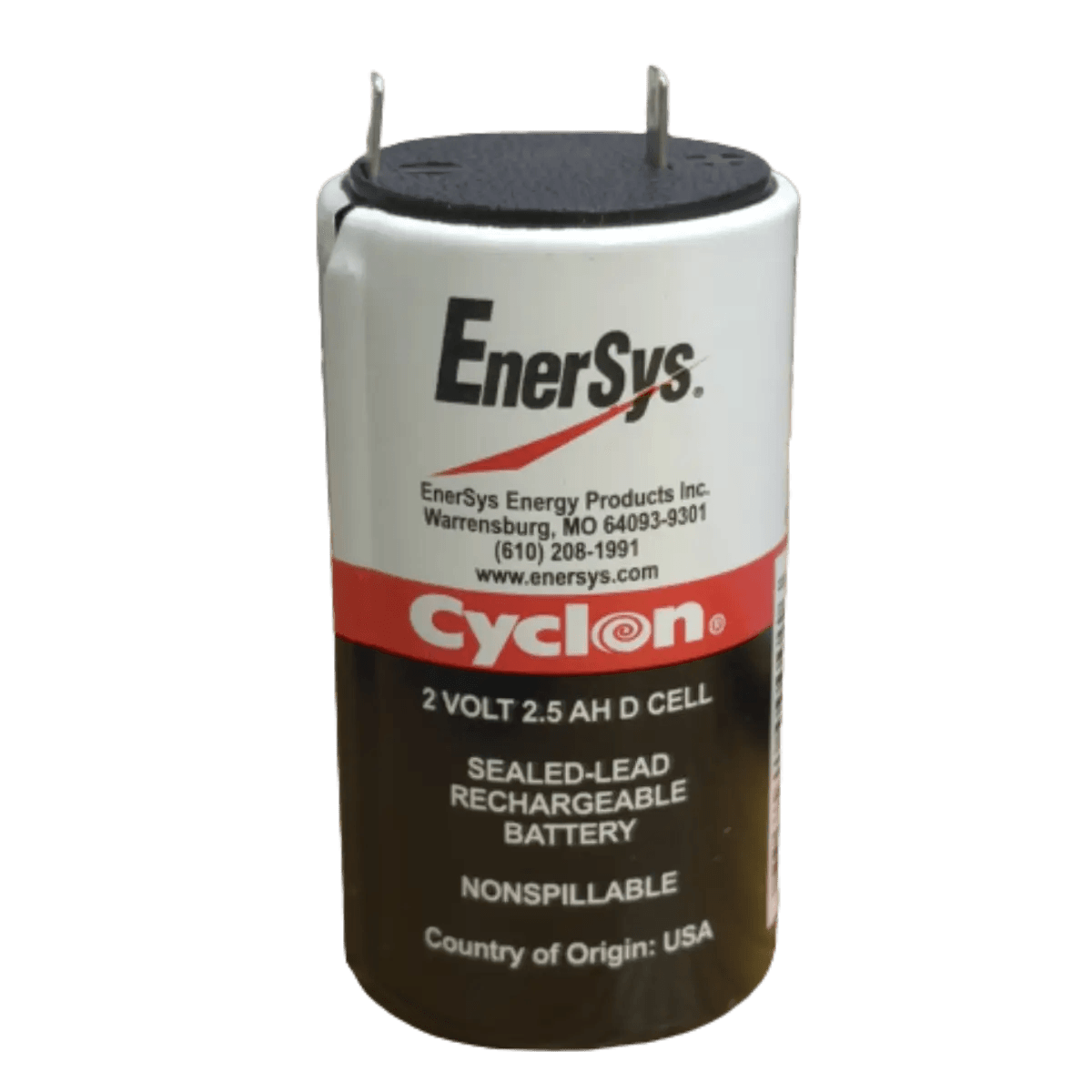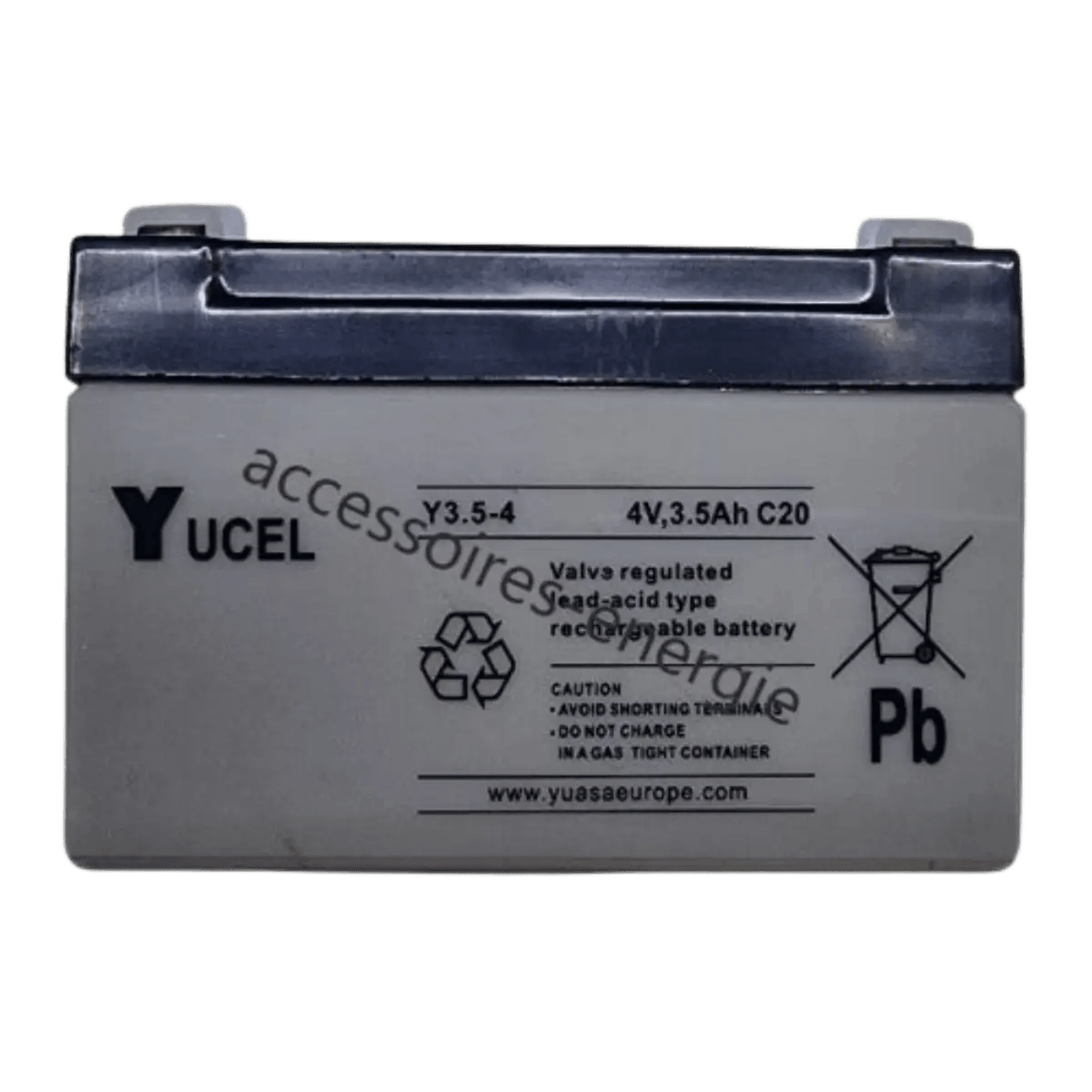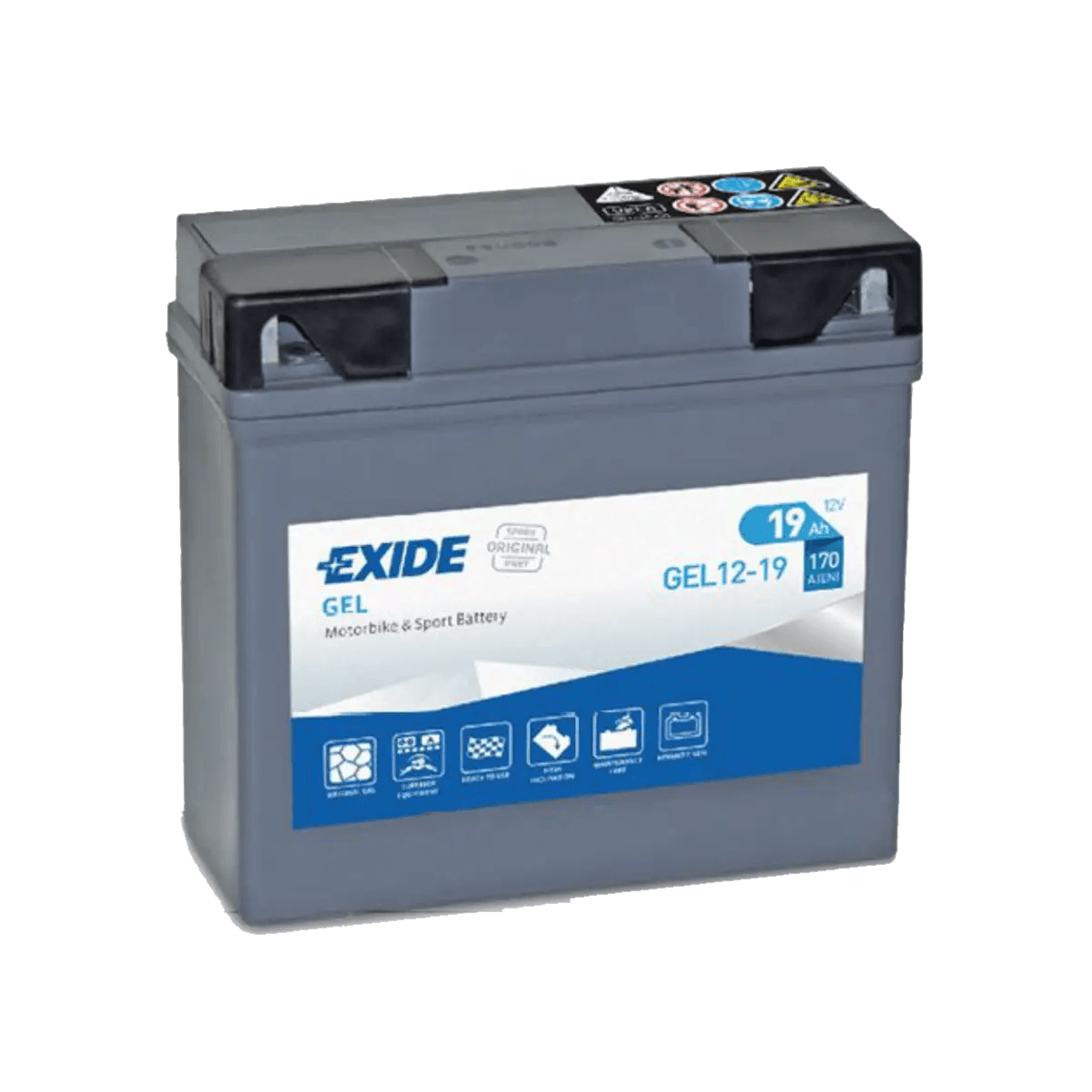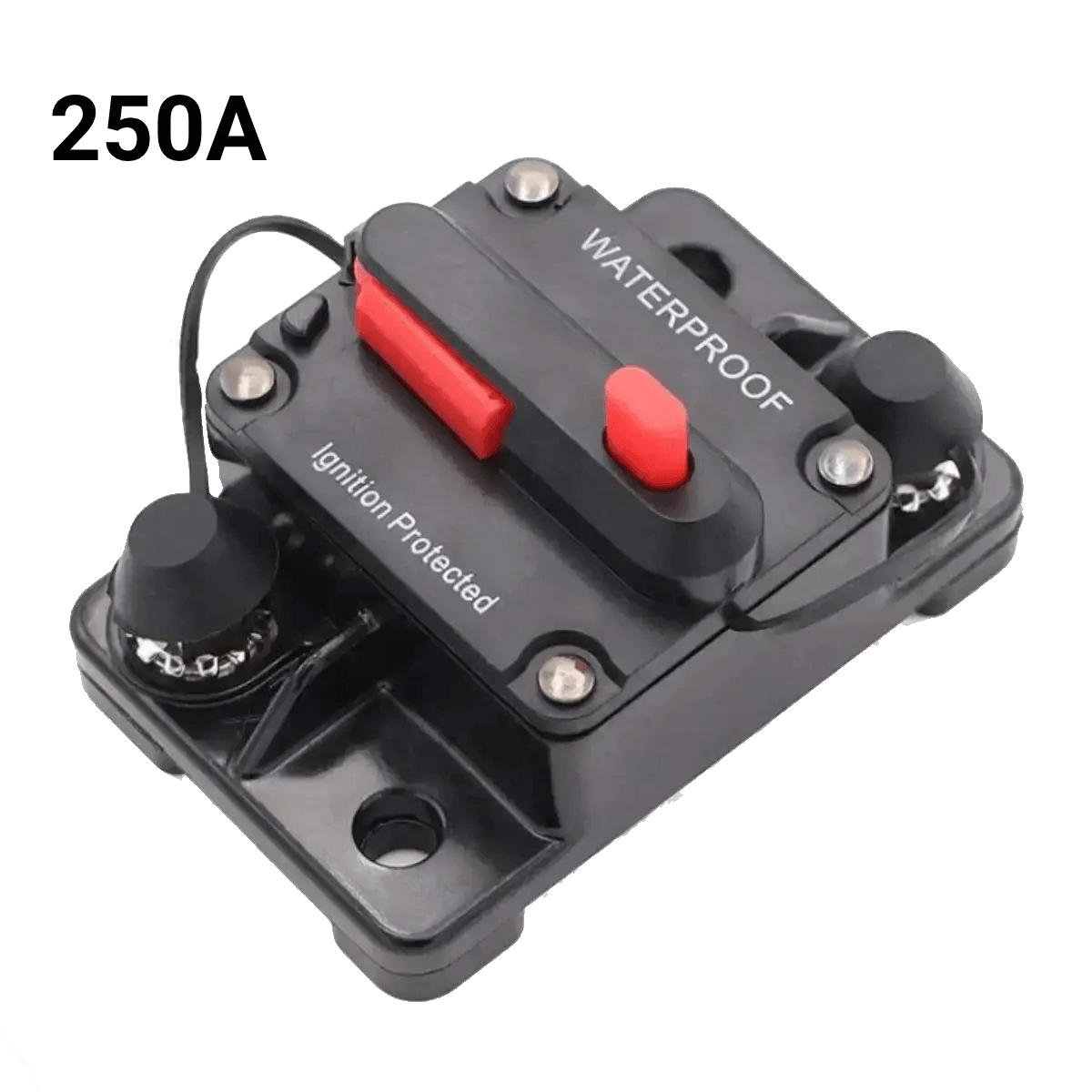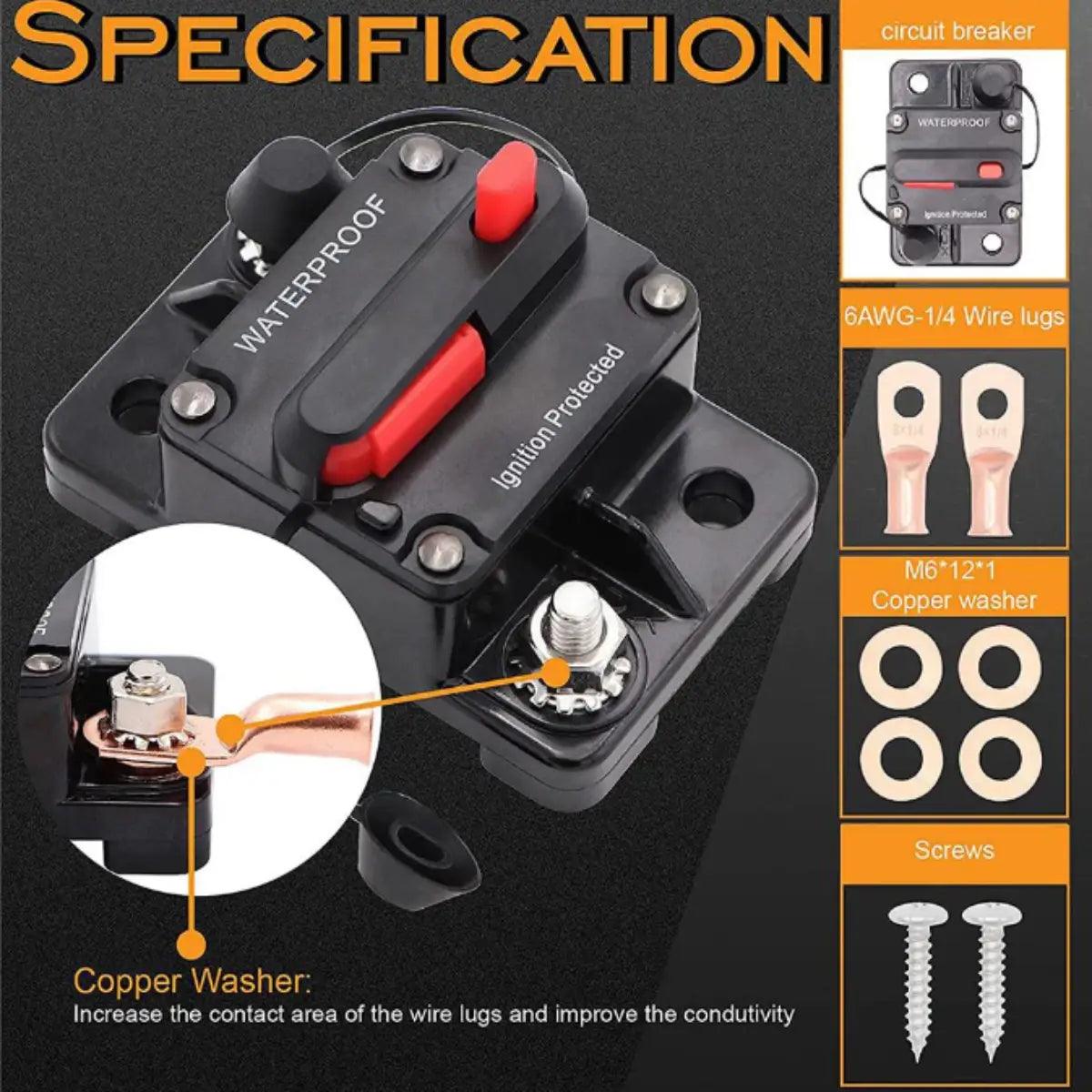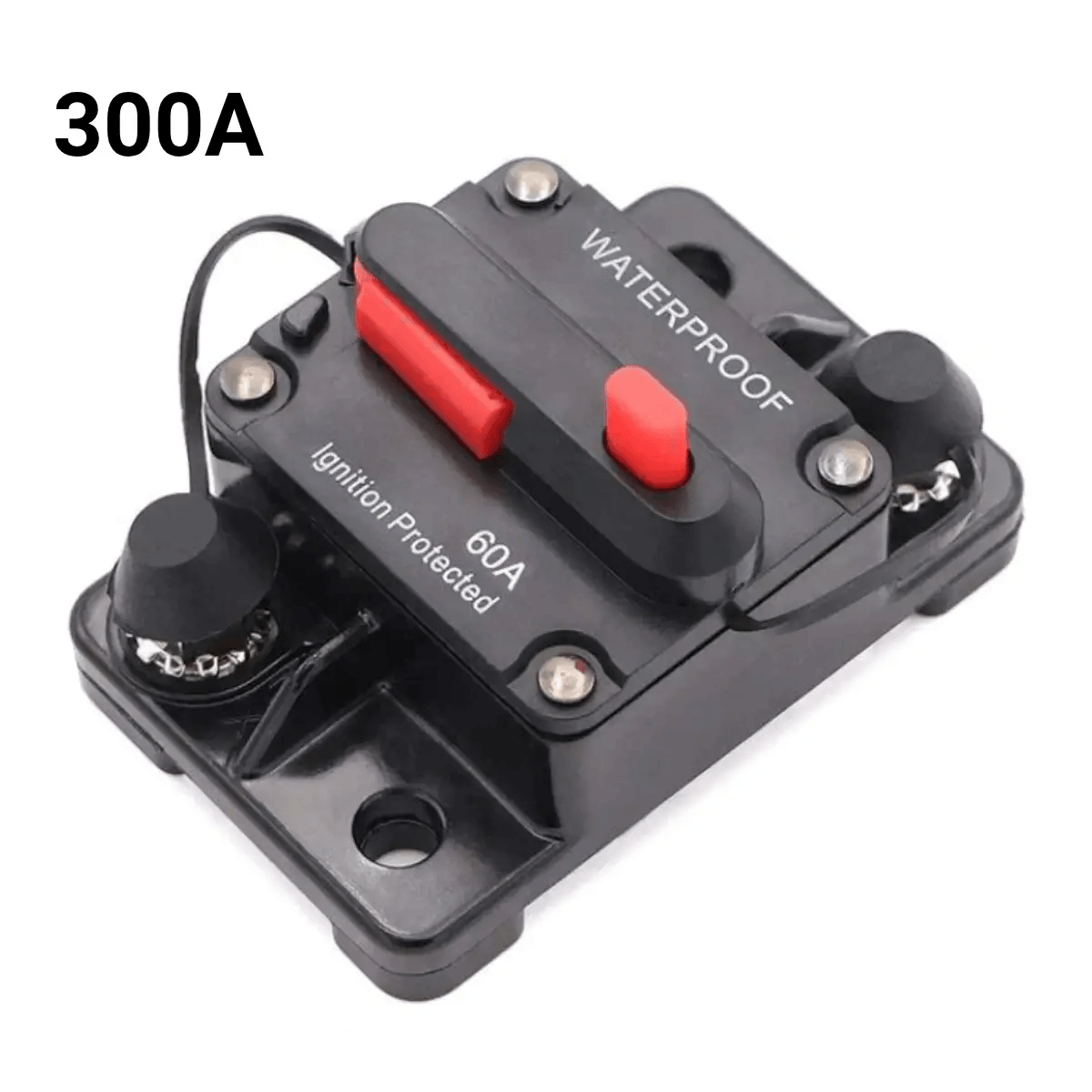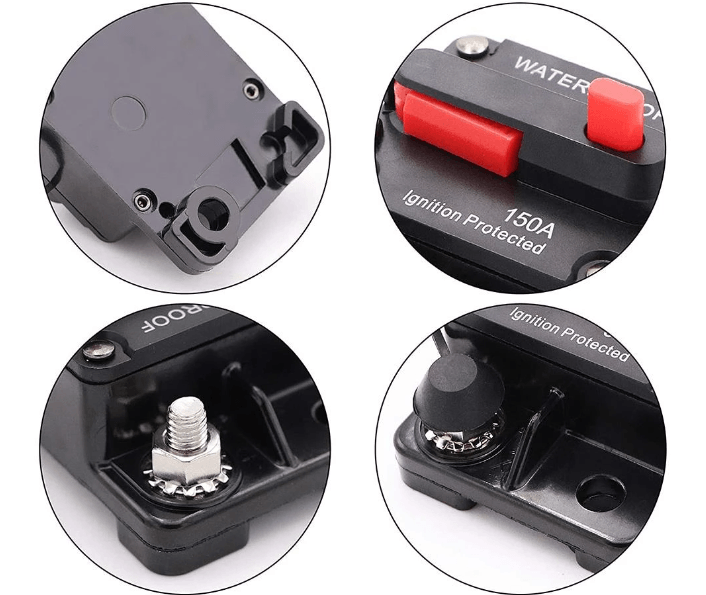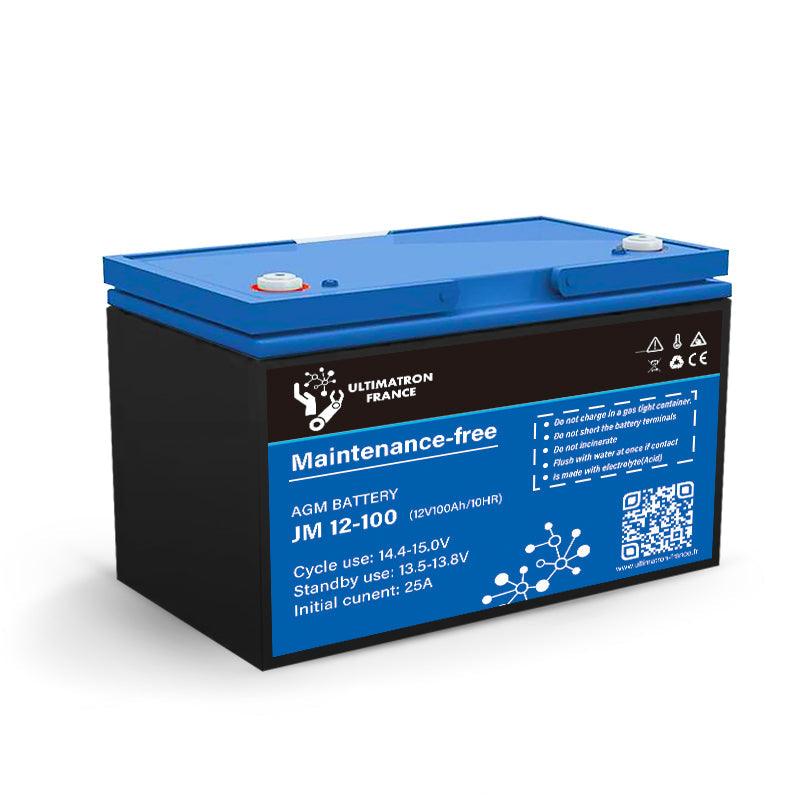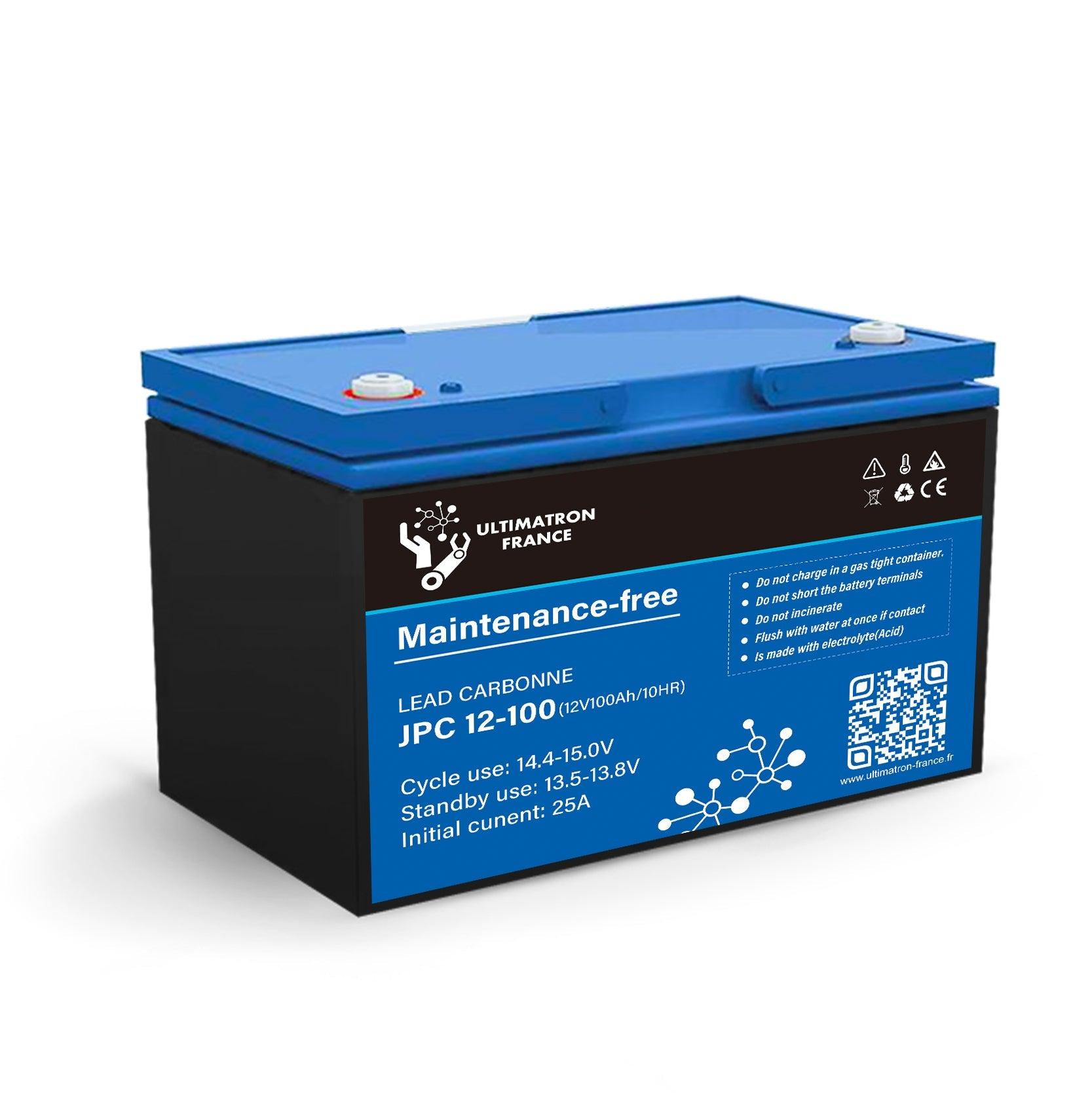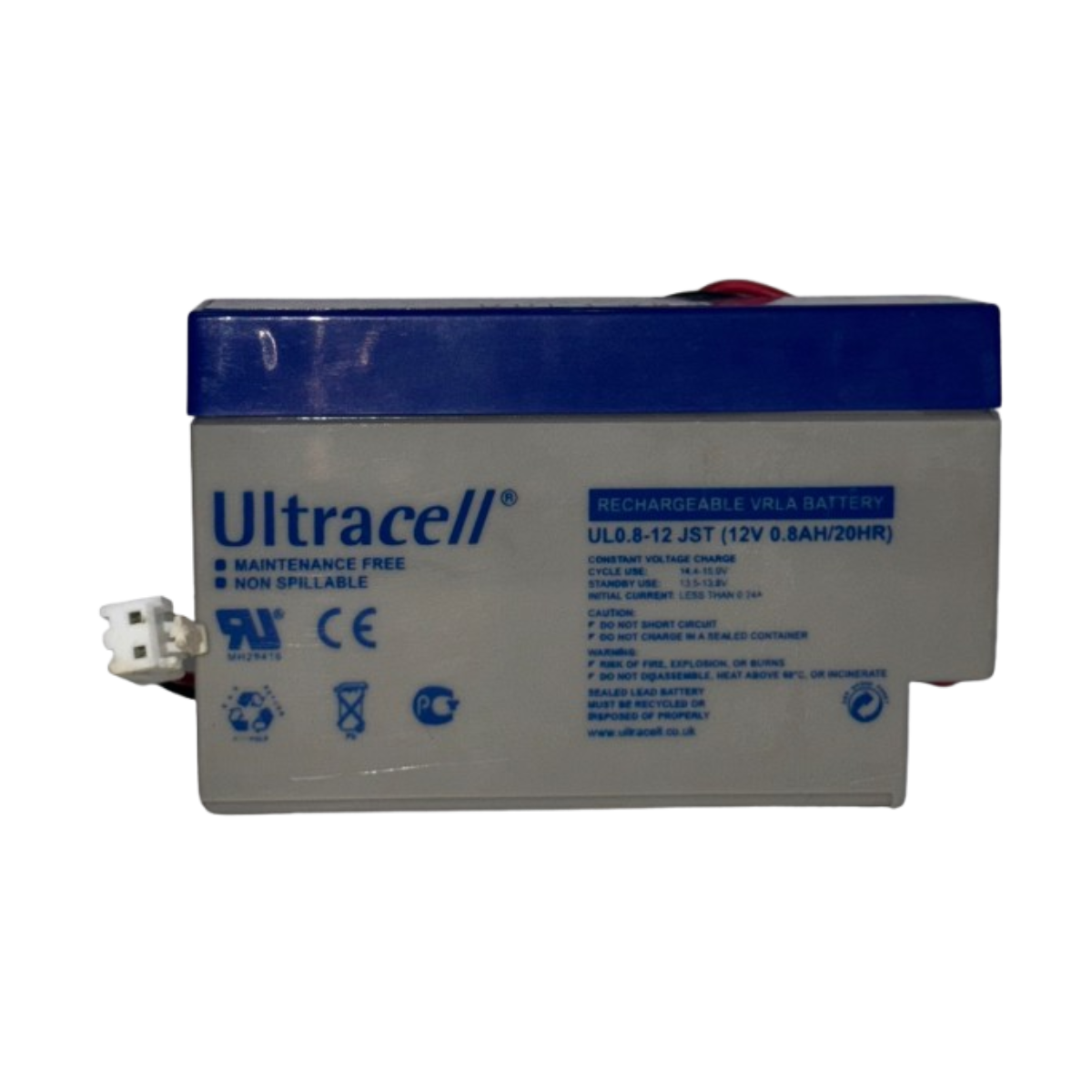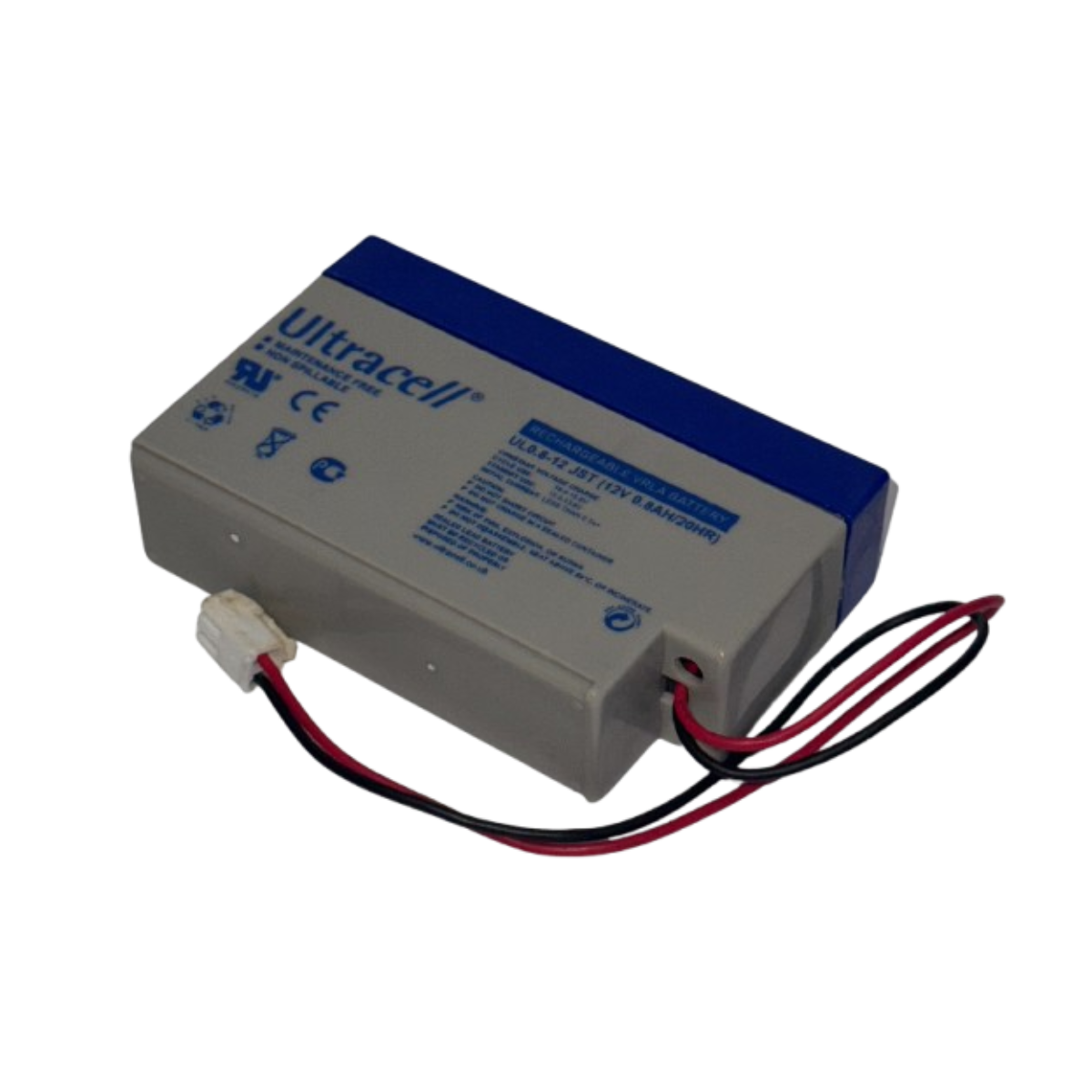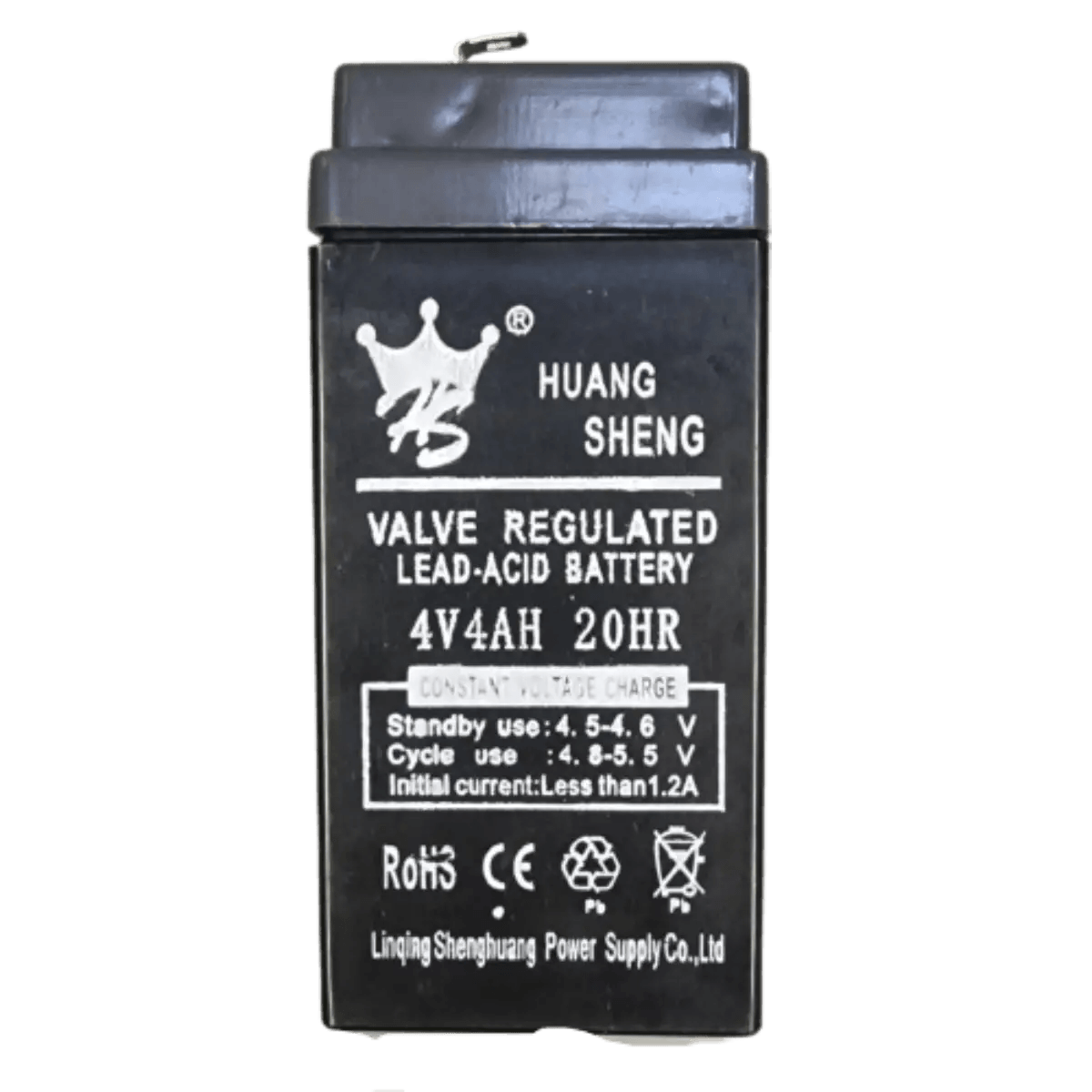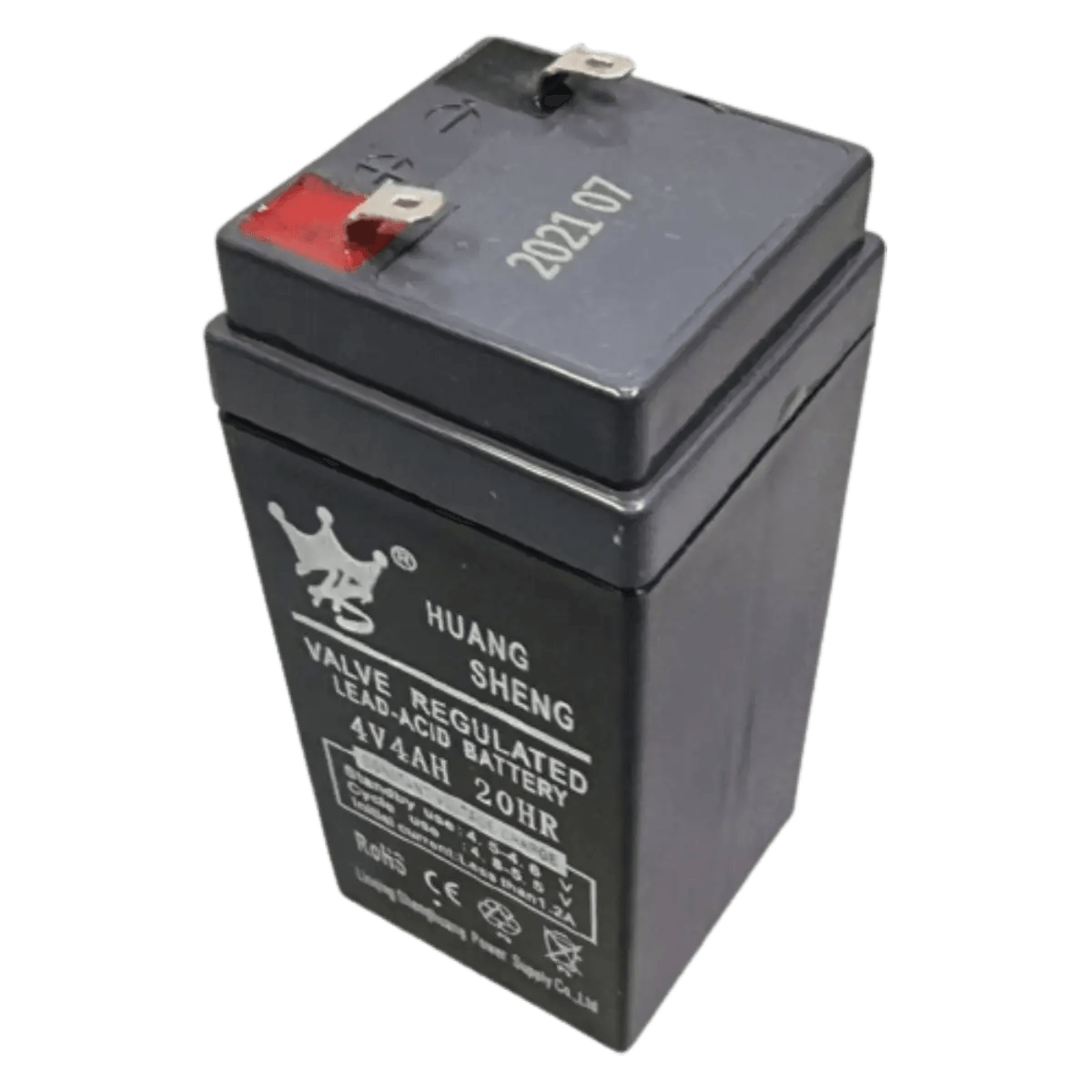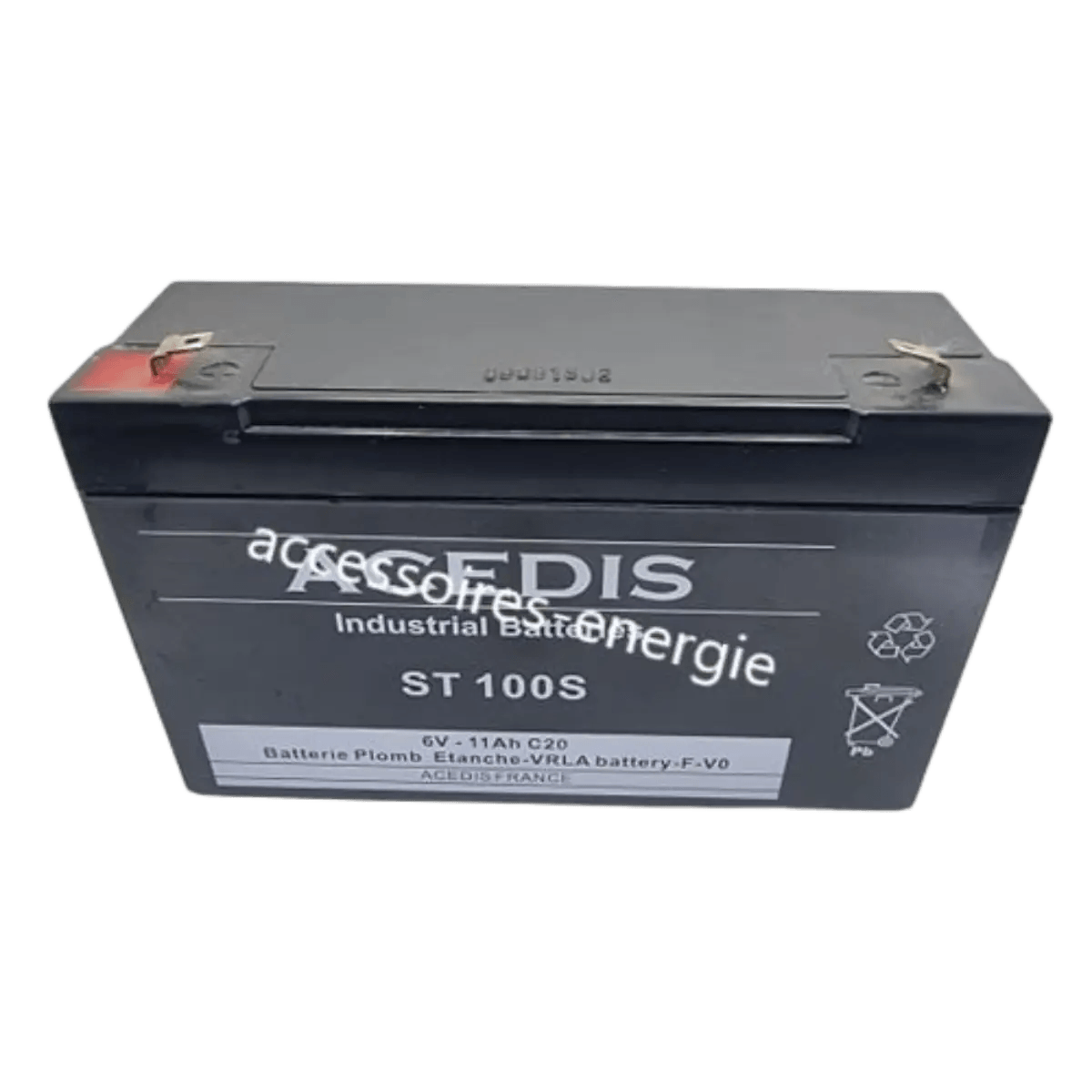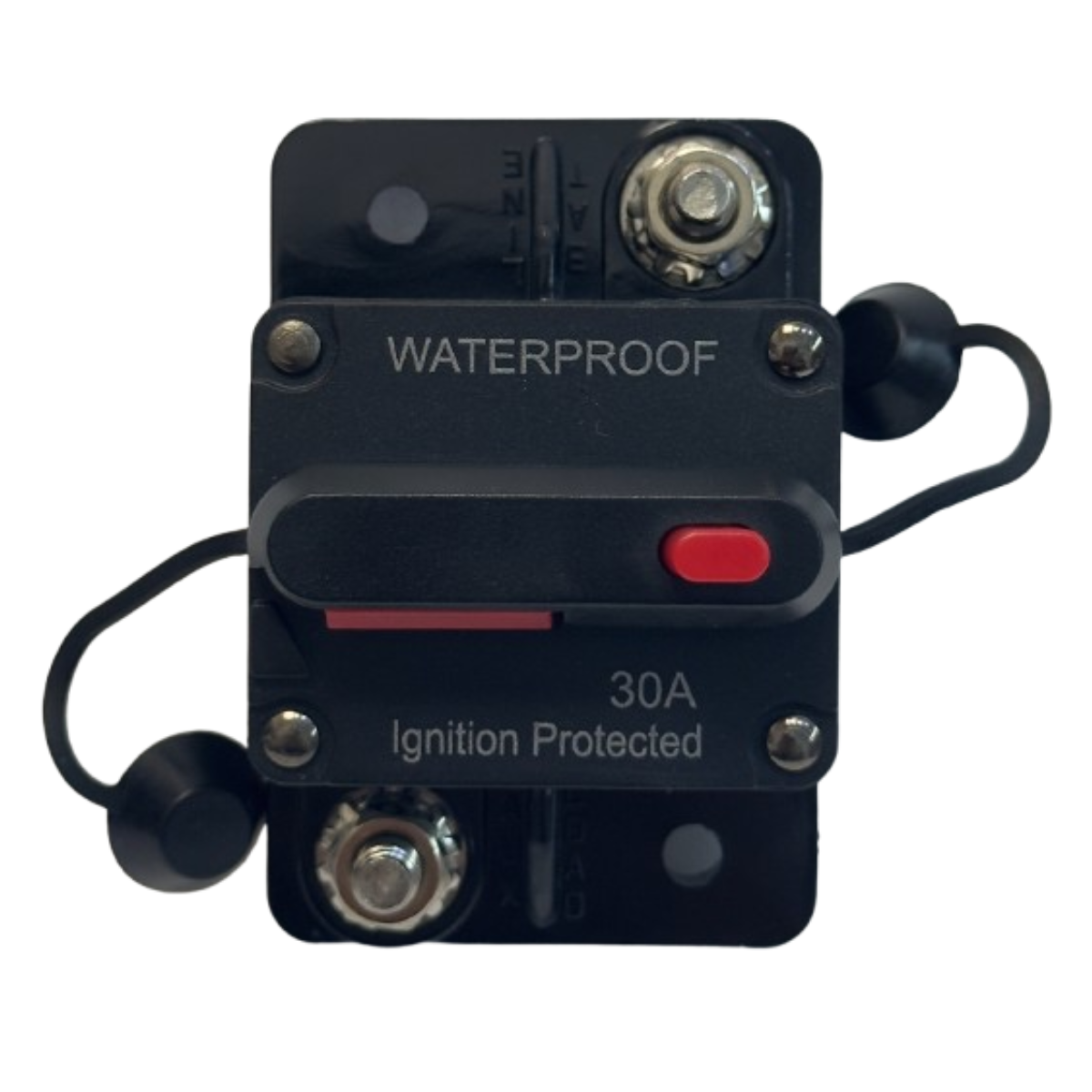When it comes to choosing a battery, the lead acid battery offers several significant advantages that can make it suitable for many applications.
First, lead-acid batteries are known for their robustness and durability. They are often used in harsh conditions, such as in automotive vehicles, because they can withstand extreme temperatures and varied operating conditions.
Second, lead-acid batteries offer high energy relative to their weight, which is particularly beneficial for applications such as engine starting where a large amount of energy is required in a short time.
Third, lead-acid batteries are relatively affordable compared to other types of batteries like lithium-ion batteries, making them an economical choice for many users.
Fourth, lead-acid battery technology is mature and well understood. This means that there are a wide range of options available to meet different needs, and users can rest assured that the technology is safe and reliable.
Finally, lead-acid batteries are recyclable. Lead is a material that can be recovered and reused, making these batteries a more environmentally friendly choice than some alternatives.
However, each type of battery has its pros and cons, and the choice depends on the specific application for which the battery is needed. Lead-acid batteries can be a great option in many situations, but it is always important to take all relevant considerations into account when choosing a battery.
Distinguishing a lead acid battery from a lithium battery can be done in several ways, here are a few:
Labeling and Documentation : Manufacturers typically list the battery type on the product label or in the product documentation, so you can look for mentions of "lead acid," "lithium," "Li-Ion," "LiFePO4" (a common type of lithium battery), or similar terms.
Weight : Lead acid batteries are generally heavier than lithium batteries of equivalent capacity. If you have a particularly heavy battery, it is likely a lead acid battery.
Nominal Voltage : Lithium batteries often have a nominal voltage of 3.6 or 3.7 volts per cell, while lead-acid batteries have a nominal voltage of 2 volts per cell. If the total battery voltage is a multiple of these numbers, this can give an indication of the battery type.
Maintenance : Lead acid batteries often require regular maintenance, such as topping off with distilled water, which lithium batteries do not require.
Recharging : Lithium batteries generally recharge faster and have a longer life in terms of recharge cycles.
Remember, however, that these methods may not be foolproof, and the best way to determine the battery type is to consult the manufacturer's documentation or contact the manufacturer directly.
Charging a lead acid battery is a relatively simple process, but it is important to do it correctly to maintain the health of the battery and ensure its longevity. Here are a series of steps for charging a lead acid battery:
Preparation : Before you begin, make sure the battery is in a safe, well-ventilated area. Lead-acid batteries can produce flammable gases when charging, so it is important to avoid sparks or open flames.
Personal Protection : Be sure to wear safety glasses and gloves to avoid contact with battery acid.
Inspect the battery : Check that there is no visible damage to the battery. If the battery is a sealed lead-acid battery, make sure it is not swollen, which could indicate overcharging or overdischarging.
Connect the charger : Connect the charger to the battery, making sure to connect the positive (+) terminal to the positive clamp of the charger, and the negative (-) terminal to the negative clamp.
Charger Setting : Set the charger to the correct voltage for your battery. Most lead-acid batteries are 12 volts, but check your battery specifications to be sure.
Charging : Turn on the charger. Most modern chargers will automatically stop when the battery is fully charged, but if you are using a manual charger, monitor the process to avoid overcharging the battery.
Checking the Charge : Once the battery is charged, you can check the charge level with a voltmeter. A fully charged 12-volt lead-acid battery should display a voltage of approximately 12.6 to 12.8 volts.
Remember that allowing a lead-acid battery to fully discharge can cause permanent damage, so it is important to recharge it regularly, even when not in use.
Yes, in many cases it is possible to replace a lead acid battery with a lithium battery. However, there are several important considerations to take into account:
Voltage Compatibility : Lead acid and lithium batteries have different voltage ratings. A lead acid battery typically has a voltage rating of 2 volts per cell, while a lithium battery has a voltage rating of 3.6 or 3.7 volts per cell. It is important to choose a lithium battery that has a total voltage that is compatible with the equipment you are using.
Battery Management System (BMS) : Lithium batteries require a BMS to monitor and control the charging and discharging of the battery. If your system does not have a compatible BMS, you will need to install one.
Charging : Lithium batteries require a different charger than lead-acid batteries. If you replace a lead-acid battery with a lithium battery, you will likely need to replace your charger as well.
Physical Dimensions : Lithium batteries are typically lighter and smaller than lead-acid batteries of equivalent capacity, so you'll need to make sure the new lithium battery fits properly in your equipment.
Cost : Lithium batteries tend to be more expensive than lead-acid batteries, but they offer longer life and higher energy density, which can offset the higher initial cost in the long run.
It is therefore entirely possible to replace a lead battery with a lithium battery, provided that these factors are taken into account and the necessary adjustments are made.

